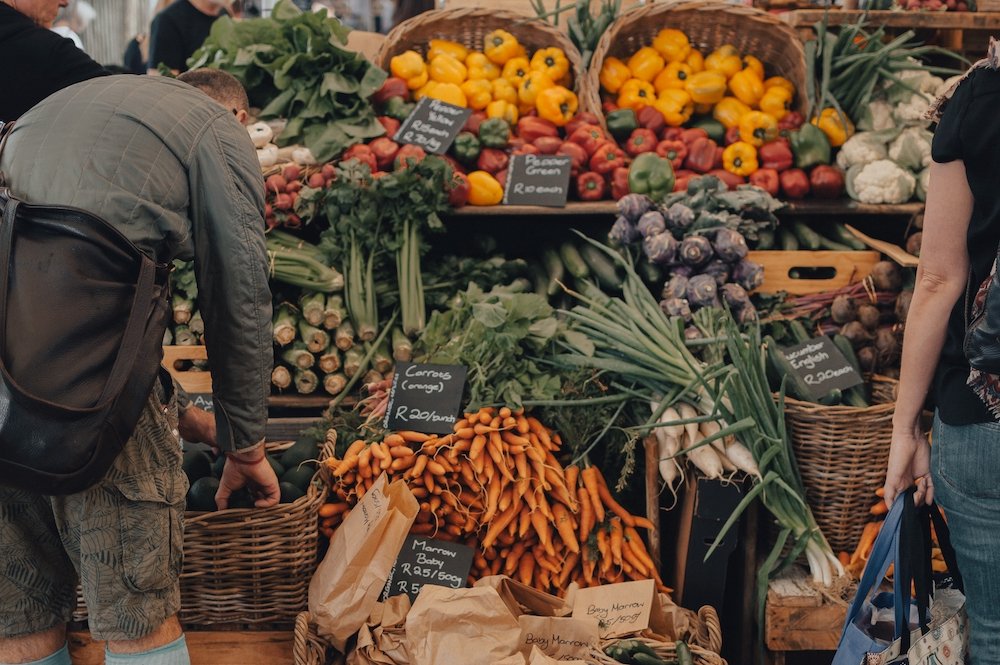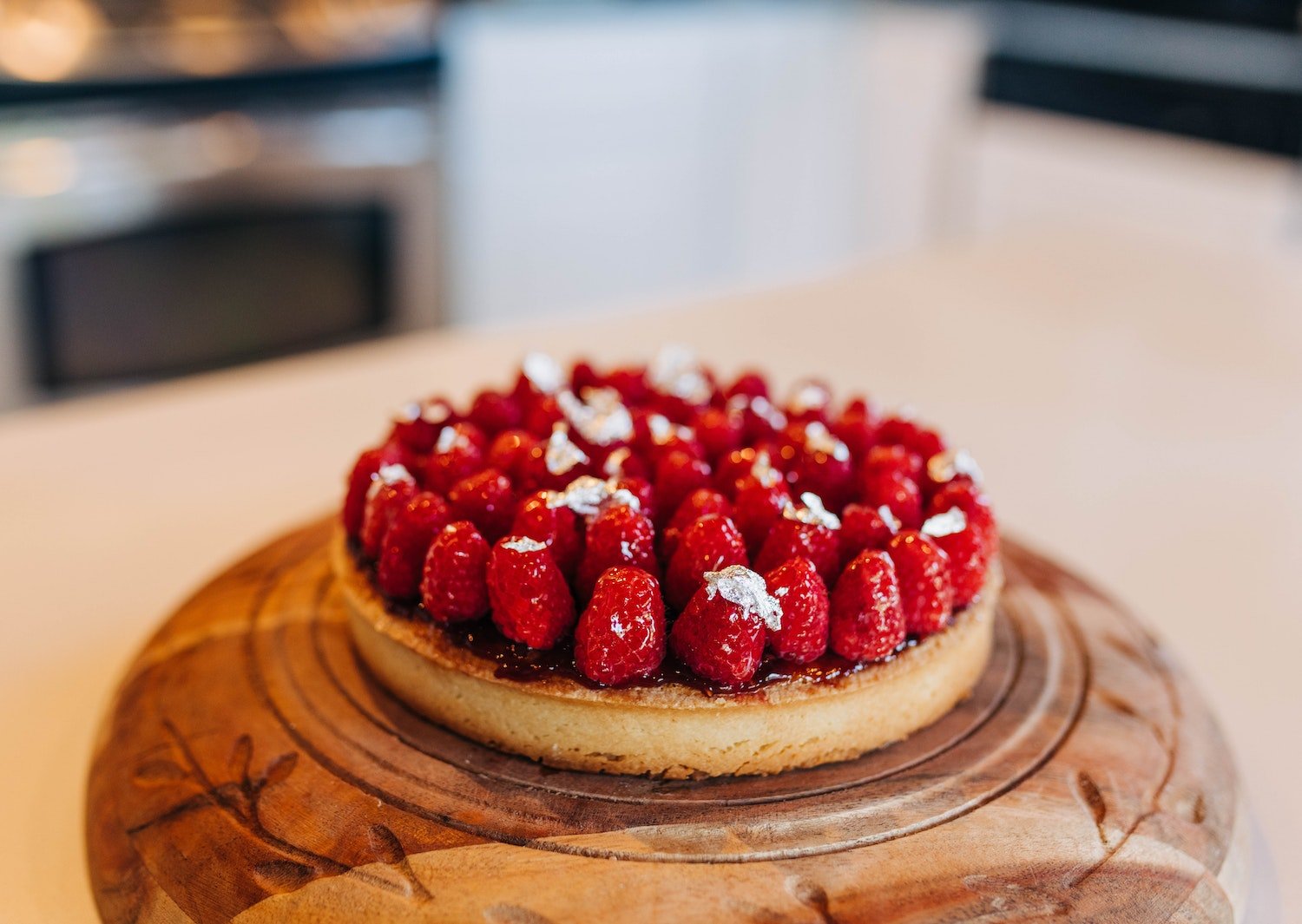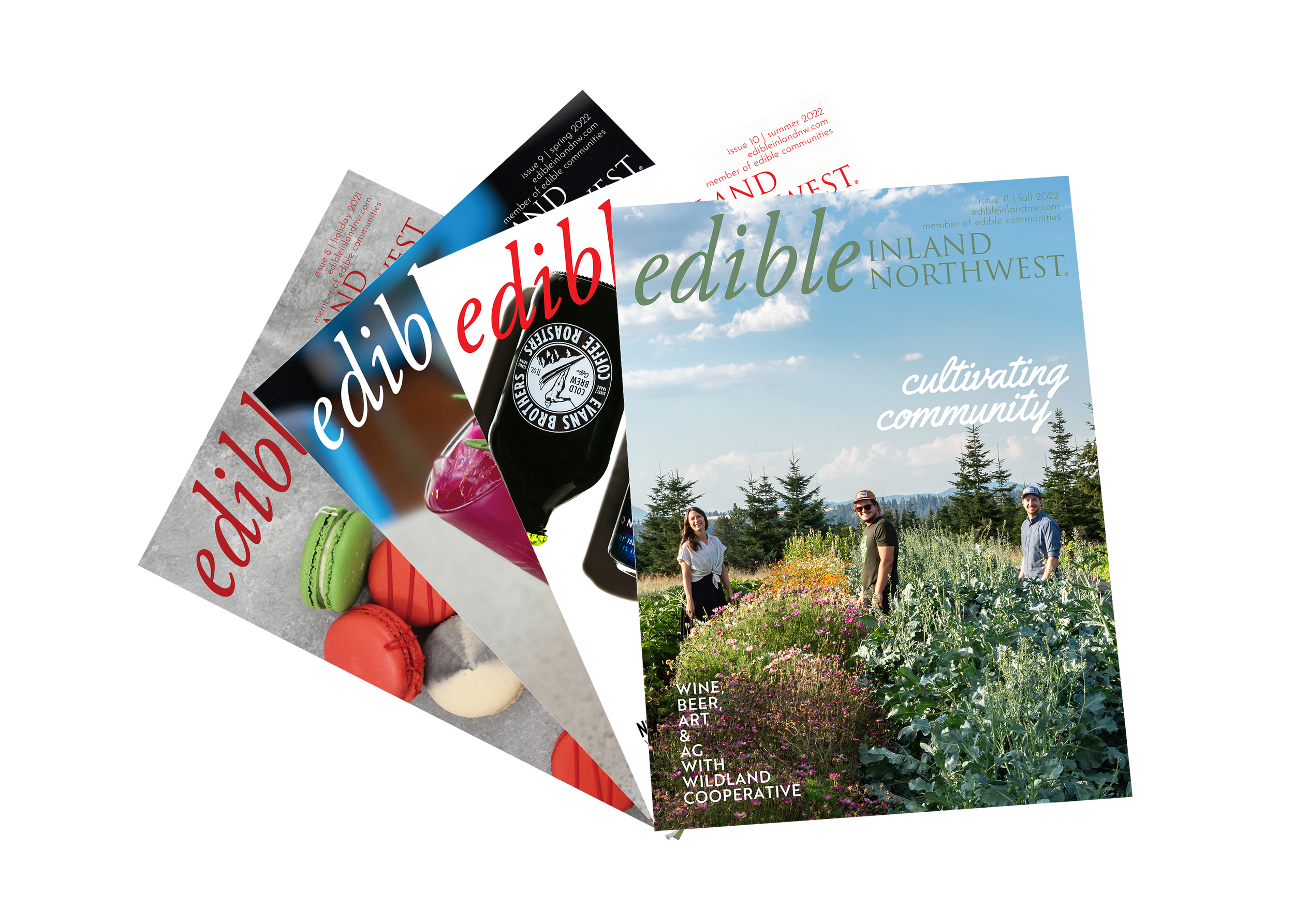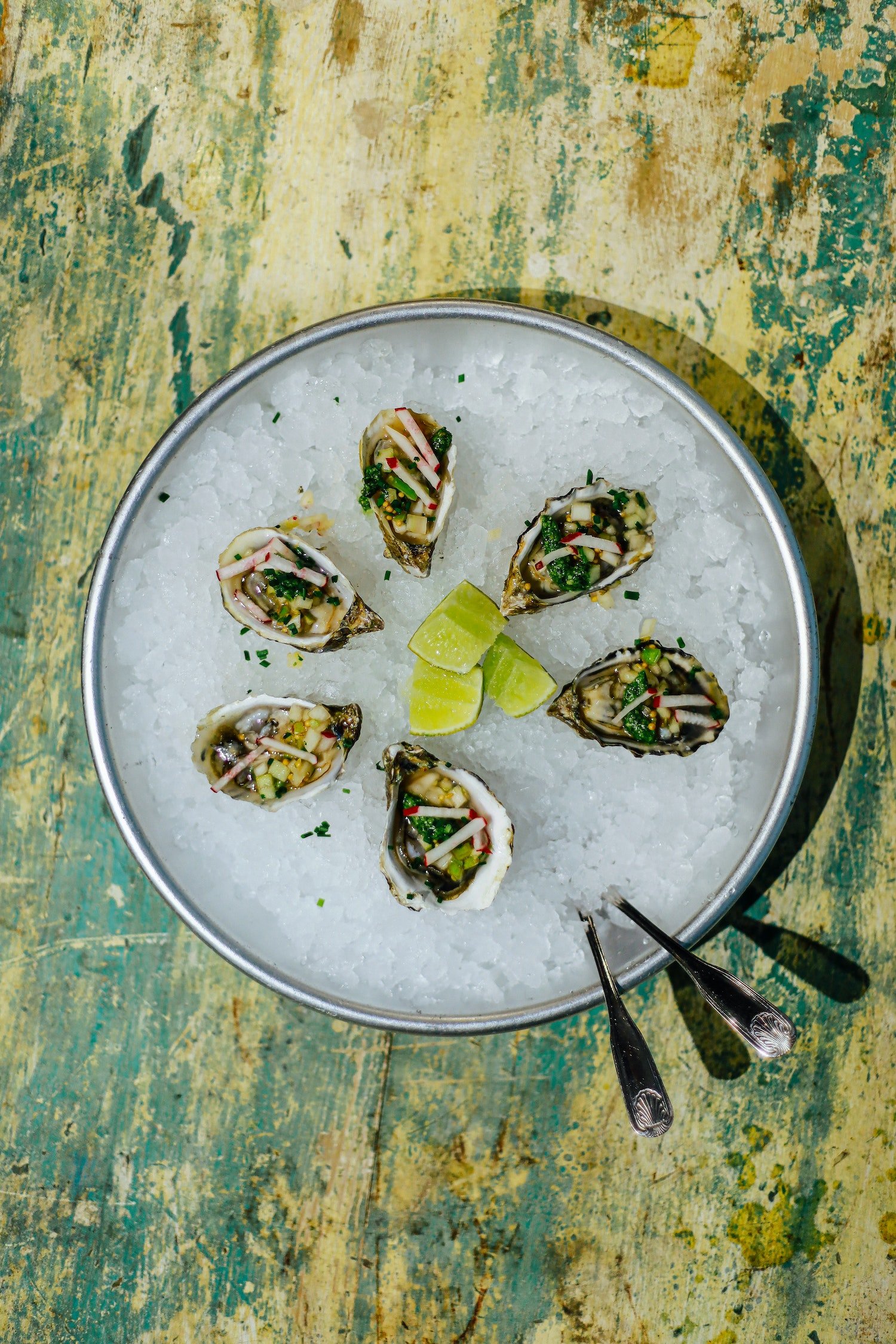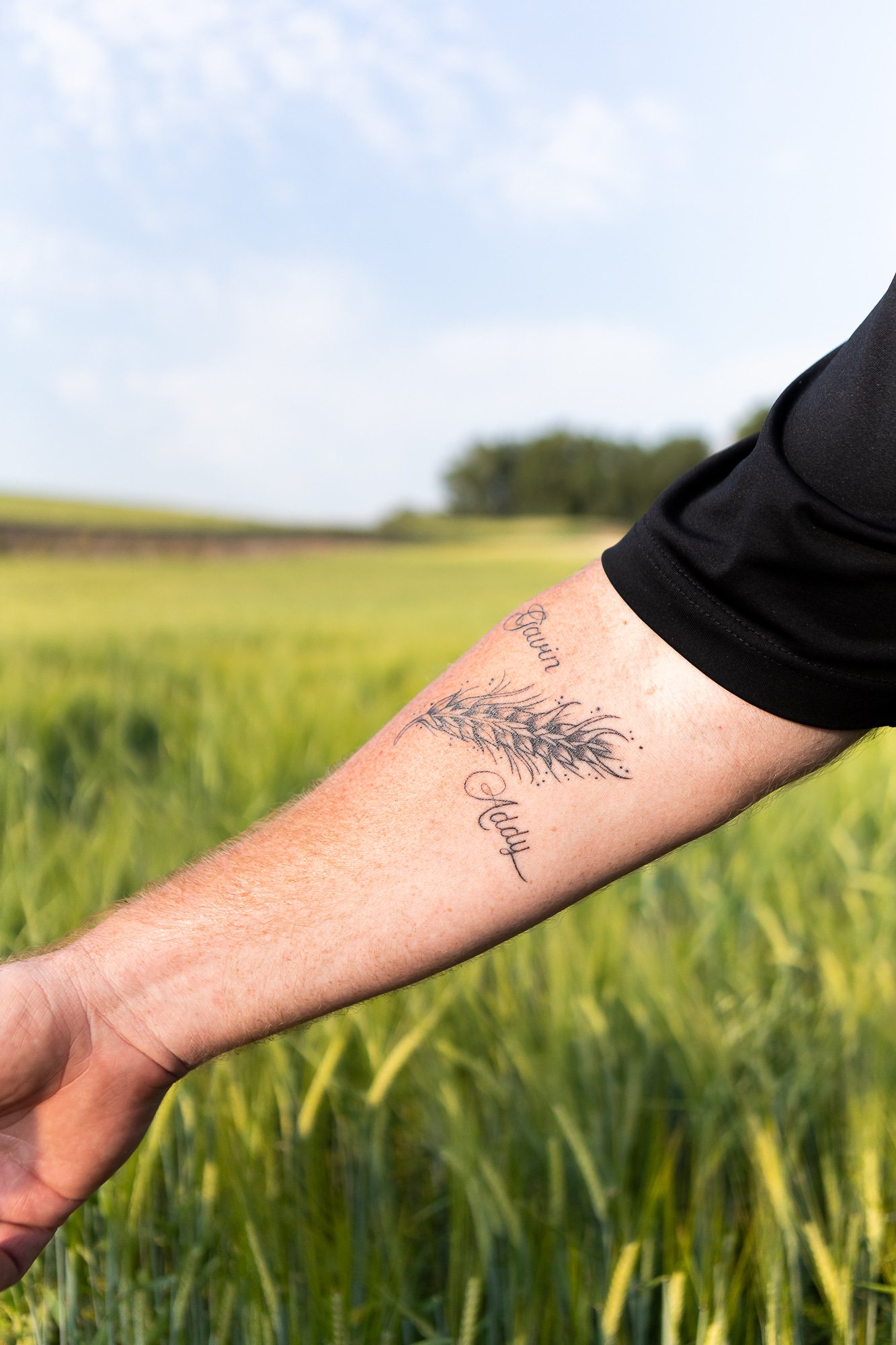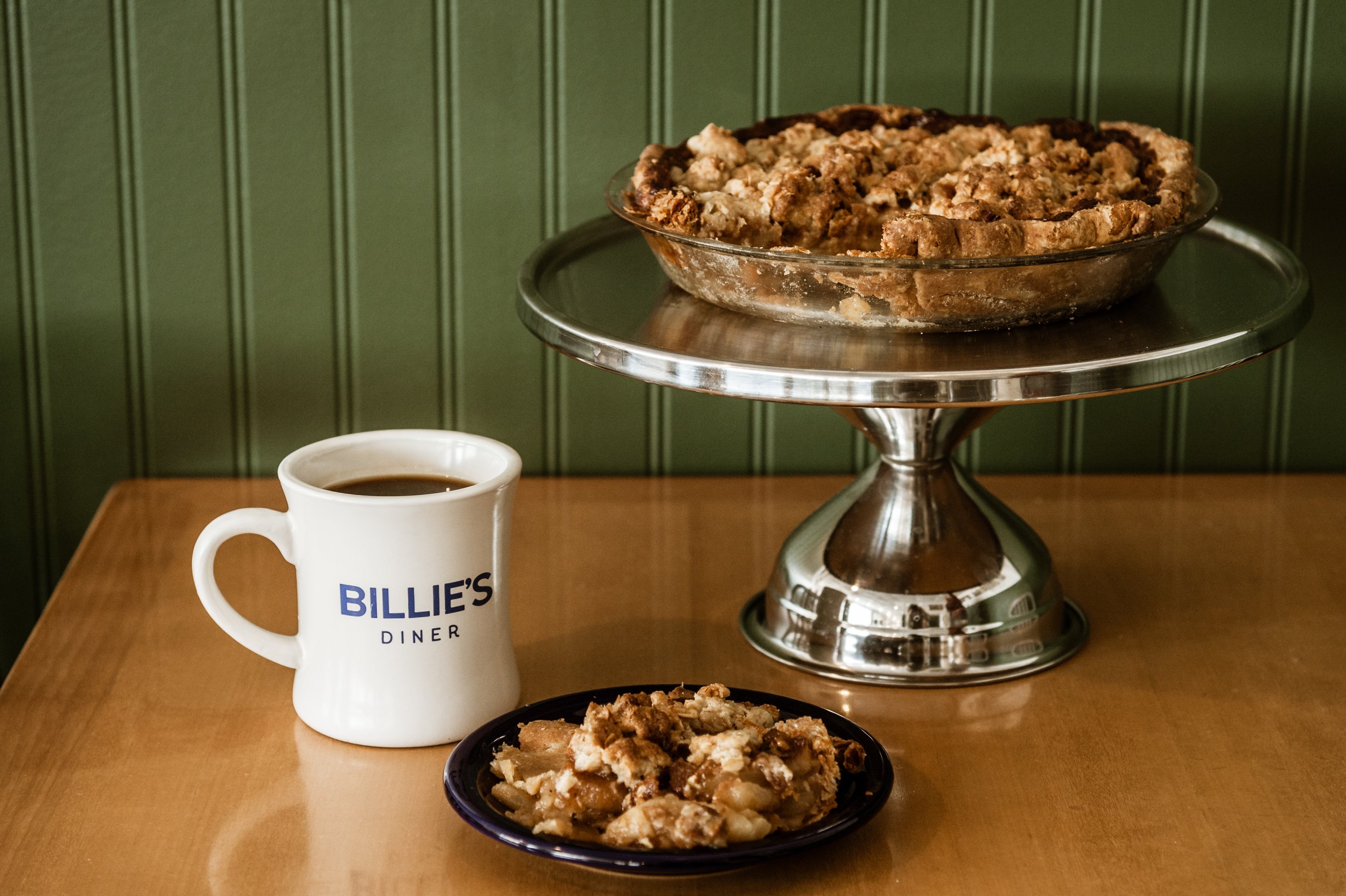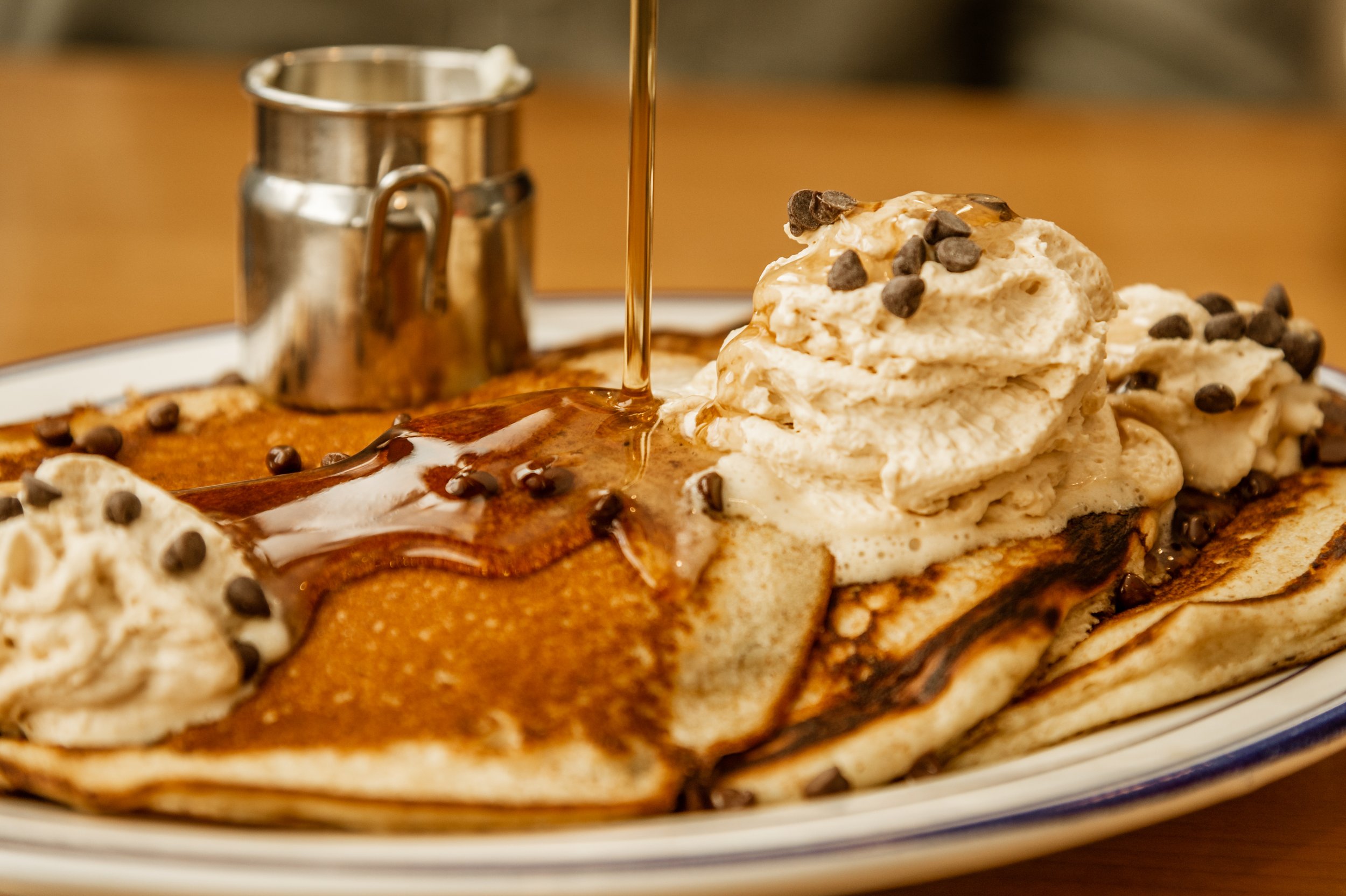“Plum”-tastic Autumn Flavor
“Plum”-tastic Autumn Flavor
BY DAVID OTTERSTROMStone fruits aren’t just for summer.
Having grown up in the Inland Northwest, I have fond recollections of picking plums in the yard of my childhood home each autumn; the fruits bursting with flavor after the late summer breezes helped to sweeten them up.
As an adult moving around the region, I went without having plum trees outside my door, but somehow always managed to find a friend with one in their yard. These trees were usually overlooked and unused. Thankfully, my friends would allow me to pick them and, in return, I would bake them a plum crisp.
I am grateful to once again have plum trees in my garden so I can continue incorporating plums into my fall palette — and I recommend you do the same.
You can grow many varieties of plums in the Inland Northwest, but I especially recommend European plums (Prunus domestica). Many plum varieties ripen in summer, but European plums have a late summer/early fall harvest time. These blue-hued oval fruits are grown here in Washington State to sell mostly as dried prunes, but they are delicious fresh off the tree as well.
Hardy and with a high fruit yield, European plum trees are known to produce up to 300 pounds of fruit. European plum trees are great for those wanting to grow fruits with little space in their yard, since they are relatively small. Don’t be afraid of the light blue powdery coating on the skin — it’s a sign the fruit is ripe, as the powder acts as protection against certain bacteria and helps to retain their moisture. These plums are freestone, which means the pulp easily separates from the seed. Their green or golden inner flesh is firm and juicy fresh with a sweet, tart flavor and hints of citrus. When cooked, the fruit becomes sweeter and turns a beautiful red hue. This variety is incredible in jam as well.
A notable subspecies of the European plum I love to grow is Greengage. The famous pomologist and fruit detective David Karp describes them as the most delicious fruit in the world. Greengage plums are round with greenish-blue hues and an addictive honey-mango flavor. They also produce significant yields, meaning you’ll have more than enough for many plum crisps… although their fruit can be harder to separate from the pits.
Another subspecies of European plums common in the Inland Northwest is Italian plums. Many people call them Italian blue plums or use their name interchangeably with European plums, although there are slight differences. Italian plums have darker purple skin and a firm flesh, making them an extra versatile fruit in cooking and baking.
Consider using plums in your next fall crumble or sliced on a salad or charcuterie board. These stone fruits are a treasure in the Inland Northwest and are at their peak in the early fall, when the cooler air adds to their sweetness. Though a common enough fruit, I would love to see plums take center stage with other notable fall fruits, like our beloved apples and pears.
Plum crisps are a fall staple in my household. You can use any variety of plums in this recipe but I recommend the European varieties I mentioned above, since their tart flavor is well-balanced in the sweet crisp.












